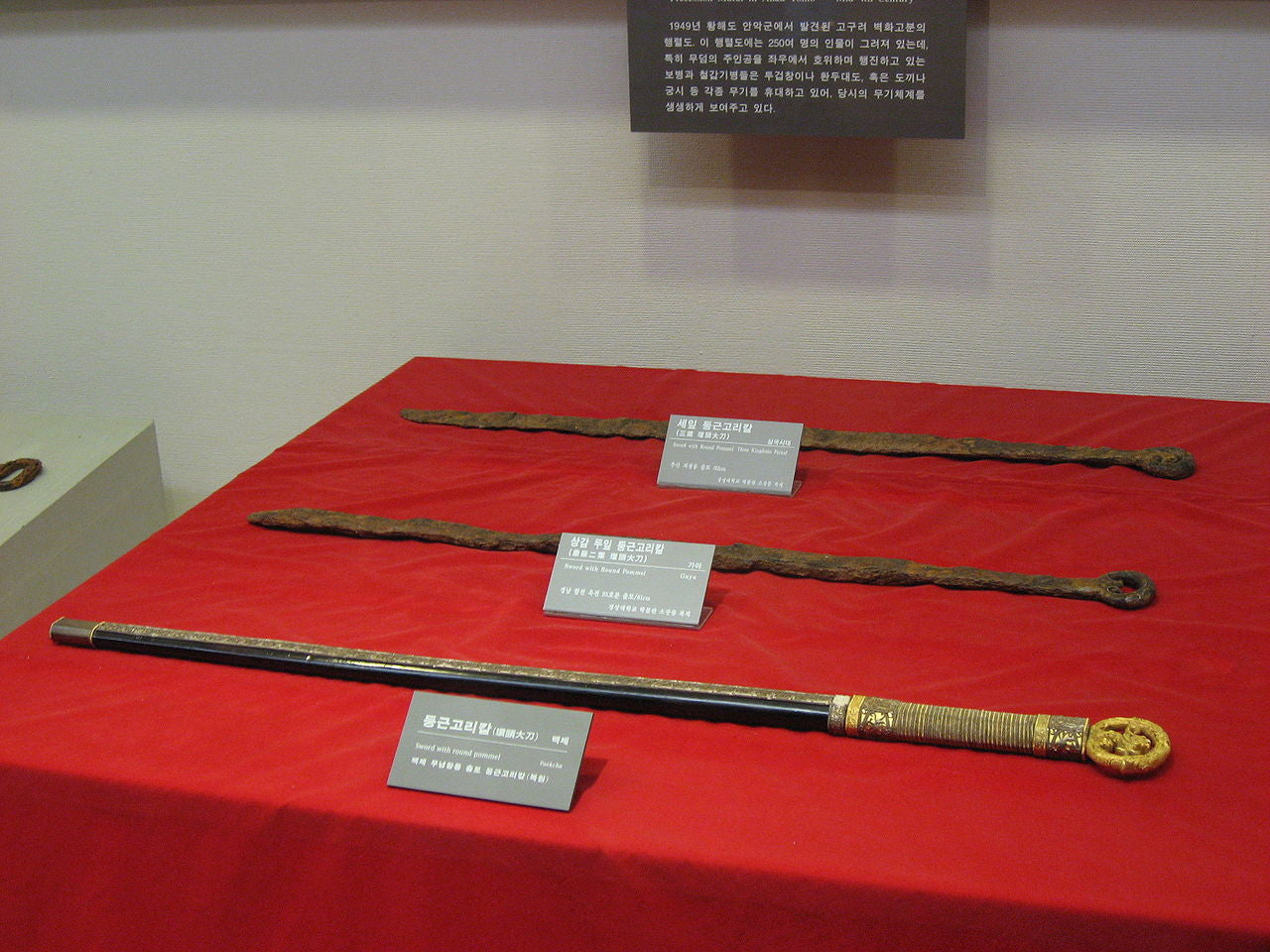Your Cart is Empty


Korean swords, along with their Japanese counterparts, offer some of the finest quality blades on the market. But there's a great deal of mystery surrounding the origins of Korean swords. When did Korea begin making swords? How do they differ from Japanese and Chinese swords? These are just a few of the topics that we're going to cover.
Origins of Korean Swords
While no one knows when exactly the first swords appeared in the Korean peninsula, historians believe it occurred during the Chinese Bronze Age when the country imported swords from its Chinese neighbors. Archeologists have unearthed molds used for bronze swords in Korea's South Gyeonsang Province, which they've dated to roughly 1st century BC.
The mountainous terrain of Korea contained countless nodes of carbon-rich iron, which local swordsmiths used to produce their bladed weapons. The high content of carbon within the iron allowed for the creation of swords with superior strength.
One of the earliest types of Korean swords is the Hwandudaedo (ring-pommel sword), which was found in the region from the 1st to 6th century. However, it wasn't until the 3rd century when the Hwandudaedo became common. Until then, it was widely reserved for members of the royal family.
Korean Swords and Chinese Steelmaking
Around 450 AD, Korean swordsmiths began using steelmaking techniques imported from China. All three Korean kingdoms of this era -- Goguryeo, Baekje, and Silla -- used these steelmaking techniques to create stronger, more durable swords.
Contrary to popular belief, most of the swords during Korea's Three Kingdoms period were used by cavalry and commanders. Military tactics typically involves spearmen, bowmen, archers on horseback and mounted swordsmen with twin blades. Therefore, there wasn't much of a need for traditional long swords.
Did Korean Swords Influence Japanese Swords or Vise-Versa?
According to BlackBeltMag, the general consensus is that Korean swordmaking influenced Japanese swordmaking. When the pennensula adopted the teachings of Confucianism, it remained focused on peace while placing military practices -- and weapons like the sword -- on the backburner. However, it's believed that Japanese swordsmiths continued to make swords using techniques from their Korean neighbors.
Both Japanese and Korean swords share some striking similarities in terms of appearance, design and construction. However, Korean swords were typically lighter and shorter than those produced by their Japanese and Chinese neighbors. Japanese swords were also typically wrapped with materials of leather, silk or suede, whereas Korean swords featured a wooden handle.
You can learn more about the differences between Japanese and Korean swords by checking out our previous blog post here.
Photo credit: Kai Hendry